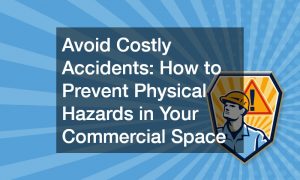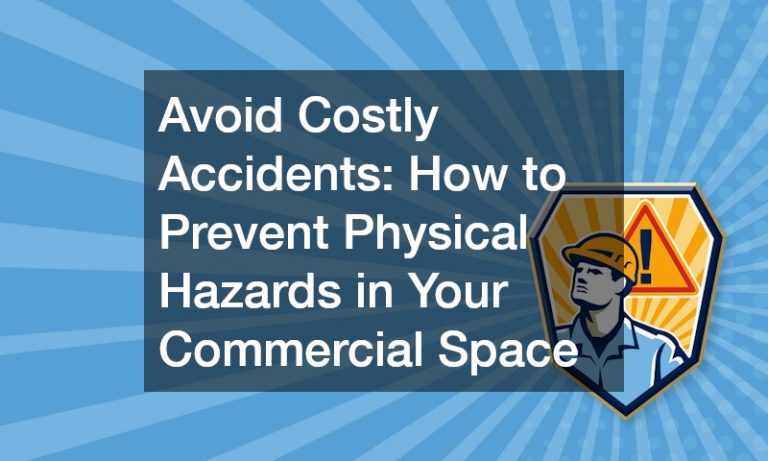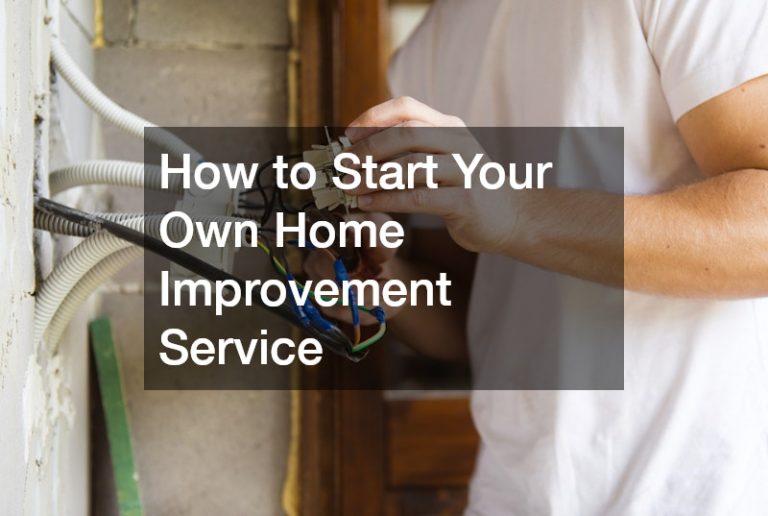In almost any industry, there will always be workplace hazards. As humans, we can easily adapt to any known situation and the environment using tools and equipment. Workers from different industries will use personal protective equipment (PPE) to protect themselves from hazards.
For the most part, employers and businesses will put a good amount of time and effort into ensuring that offices are safe from any form of hazard. But even though employers and most workforce will take plenty of precautions in ensuring that working environments are conducive to productivity.
But first, we have to know to discern what are some prevalent hazards in the workplace. Here’s what you’ll need to know.
Information Drives
One of the best ways of addressing workplace hazards is by conducting an information drive that will help employees discern potential dangers. Even though most of us are already quite aware of obvious signs of hazards, there’s more to it than what meets the eye.
Still, the best way of mitigating any hazard that might happen is by educating employees. Mindfulness and having strong mental integrity can help in preventing accidents. Fortunately, there are self-improvement books that can help hone mindfulness while being alert in such situations.
Electrical Hazards
These hazards can often lead to other types of hazards, such as fire hazards when they short circuit. Grounded surfaces can also lead to electrocutions. In extreme cases, these electrocutions can lead to serious injuries and even the death of employees. Compared to other hazards, it’s hard to tell if certain types of surfaces are grounded.
One of the best ways of ensuring that the risk of electrical hazards is kept at a minimum is by directly addressing and preventing electrical hazards from the source. Most of the time, this is from exposed power cords, wet surfaces, and short-circuited fuses.
One of the best ways to ensure that electrical hazards and other potential dangers in your area do not happen is by having professionals inspect this equipment. One of the most important tests conducted on electrical appliances, such as switches, circuit boards, and sockets, is getting an electrical safety certificate. This is an effective way of ensuring that there are no electrical faults found on potentially dangerous appliances.
There’s really no legal requirement in having an electrical inspection carried out. Still, having such a report can help keep everyone at ease in the workplace when they have the peace of mind knowing that electronic devices and appliances are safe and not a cause for concern. It’s still important to consider having your electrical equipment checked every year.
Although it might seem like an added cost, it’s relatively low compared to spending thousands of dollars replacing equipment or repairing damaged capital.
Chemical Hazards
 Often, chemical hazards are caused by industrial fumes and chemicals. Most of these compounds will have significant effects on the skin and will have a general impact on the individual’s physical health. Signs of hazard can include skin irritation, respiratory problems, blindness, corrosion, and volatile explosions if such substances are not controlled.
Often, chemical hazards are caused by industrial fumes and chemicals. Most of these compounds will have significant effects on the skin and will have a general impact on the individual’s physical health. Signs of hazard can include skin irritation, respiratory problems, blindness, corrosion, and volatile explosions if such substances are not controlled.
Biological Hazards
Contrary to what most people think, biological hazards aren’t just prevalent in agricultural and industrial work areas: they can also happen in offices. These hazards can come in the form of virulent material, disease-causing microbes, insects, animals that cause physical harm, and various environmental factors that might make us sick or cause injuries.
In the office, biological hazards can come in moulds, bodily fluids, dust, vermin, and food that is already passed its lifespan. Most of the time, such hazards can happen when the HVAC system has not been given proper attention for months.
Ergonomic Hazards
It might not seem like a hazard, but sitting on your desk all day can have detrimental effects on your overall health. Ergonomic hazards are known for causing problems with posture and health complications among individuals.
There are two ways of addressing ergonomic hazards in the workplace:
Design changes — One of the best ways of addressing ergonomic issues is by making changes to the office’s layout and design. Ergonomic equipment, which is designed for easy use, is known for mitigating the effects of such hazards.
Administrative changes — Making changes to the schedules and employees’ tasks can help mitigate ergonomic hazards from happening. Since ergonomic hazards tend to happen when people are doing the same activity for extended periods of time, you can give them 5 minutes of break for every hour. Other experts would also suggest giving these employees rotating tasks. Letting them do other tasks other than just sitting around can help with their posture and body position.
While some hazards can be easily remedied by being attended to, it’s still important to seek help from trained professionals who have the necessary tools and safety equipment when dealing with such hazards. In the workplace, safety should always be the number one priority, no matter what the cost is. Even though you might have to invest in safety equipment and services, the amount you will have to spend is relatively minute than shouldering the cost of injuries that employees will face in the workplace.











